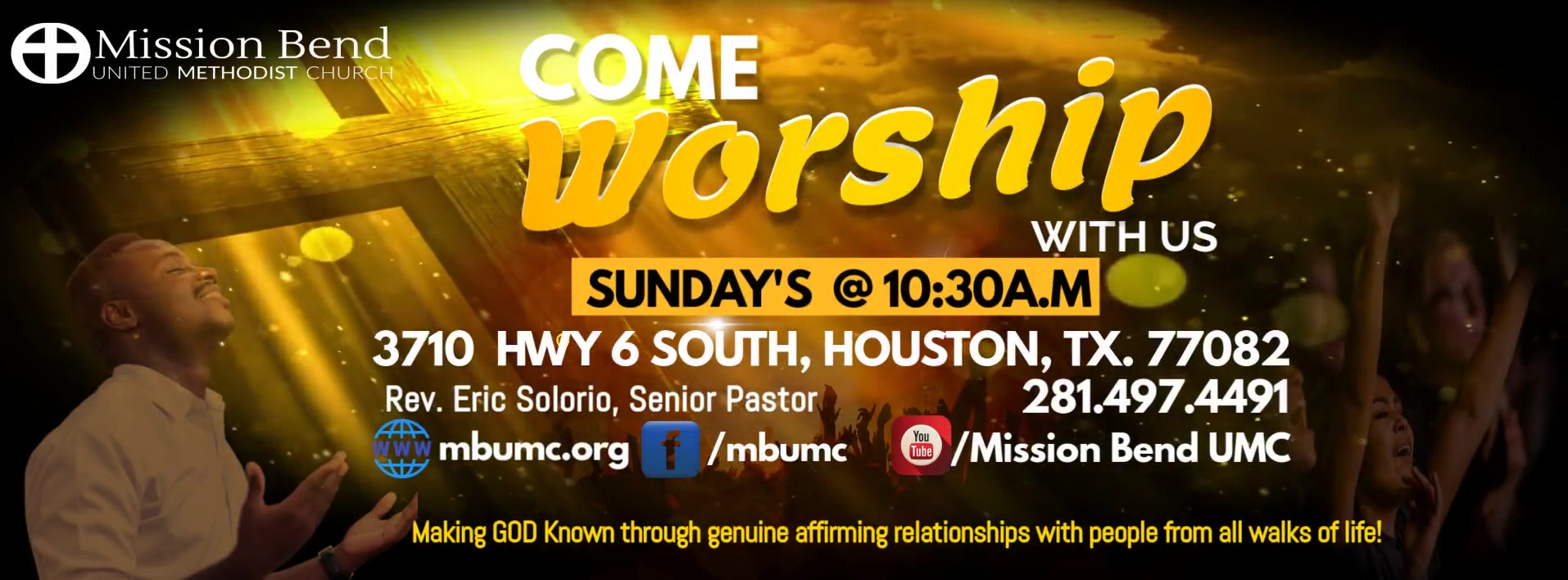The Gospel of Luke, chapter 7
Read it here: [CEB] [NRSV]

One of my favorite films, especially powerful during Lent, is The Way. Emilio Estevez wrote and directed this movie in which he plays an estranged son, traveling the world, who dies unexpectedly. His estranged father—portrayed by Martin Sheen, Estevez’s real-life dad—travels to France to recover the body but ends up continuing his son’s pilgrimage along the Camino, the ancient route to Santiago de Compostela, where legend says the bones of James the Apostle are buried. An ophthalmologist, the father makes a living helping others see the world a little better, but he can’t see his son or even his own life clearly. Often, scenes are filmed from the character’s point of view, looking where they look, rather than an impartial third-person perspective.
This chapter in Luke’s Gospel is also filled with scenes of life and of death, and those who can and cannot see. The centurion’s servant is about to die: who sees faith and obedience clearly? The son of the widow dies, but Jesus sees her with compassion, and stops to resuscitate the boy. Many see Jesus’ miraculous work as the return of God to his people.
 Jesus turns to Simon the Pharisee, and asks his host, “Do you see this woman?” (v 44). And the answer is, of course Simon doesn’t see her. He sees a sinner, a category wholly opposed to his own self-identification as the righteous; and, by not living according to the highest expectations of the law, Simon well may consider her an enemy of God’s purposes and plans for the people of Israel. All the self-imposed righteousness and justice in the world will not save us, if we do not look through the lenses of mercy and repentance.
Jesus turns to Simon the Pharisee, and asks his host, “Do you see this woman?” (v 44). And the answer is, of course Simon doesn’t see her. He sees a sinner, a category wholly opposed to his own self-identification as the righteous; and, by not living according to the highest expectations of the law, Simon well may consider her an enemy of God’s purposes and plans for the people of Israel. All the self-imposed righteousness and justice in the world will not save us, if we do not look through the lenses of mercy and repentance.
Do I see others as “sinners” or do I get to know them as a person?
What is killing people in our neighborhood?
What journey do I need to go on in order to share compassion?
Read, reflect, and respond in the comments below!



Like this? Please let us know!